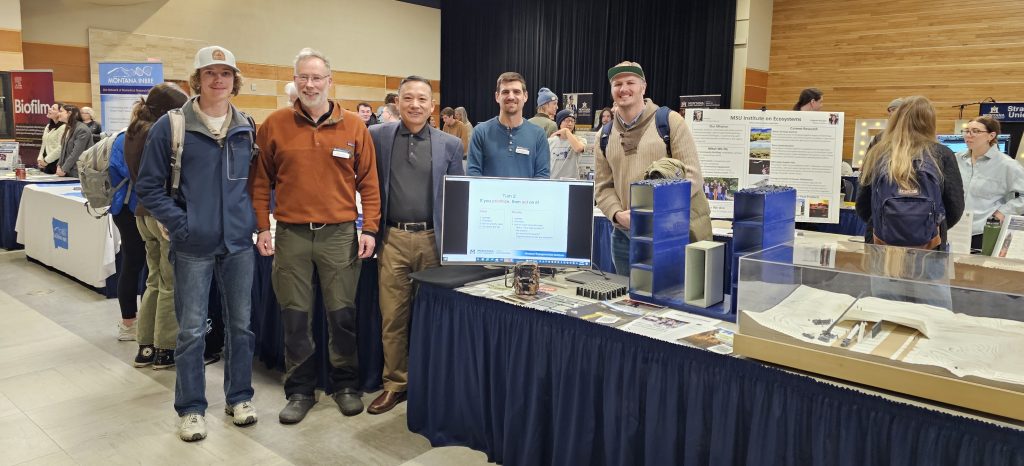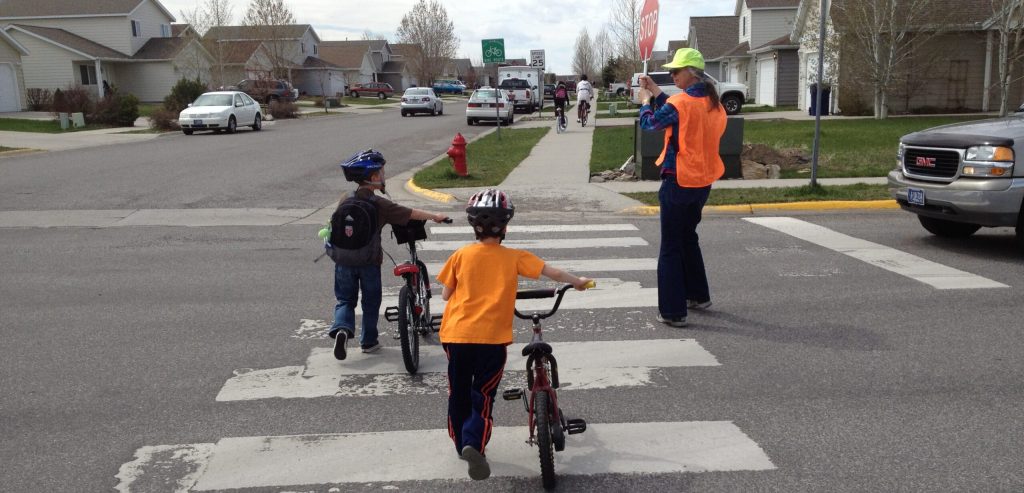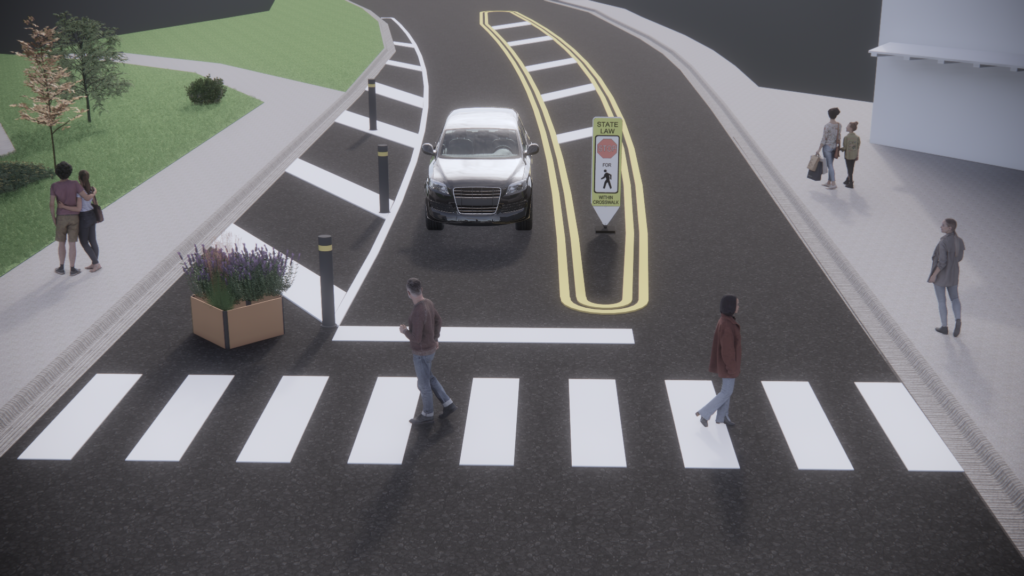WTI Road Ecologists Engage with MSU Students

Last month, WTI road ecologists Marcel Huijser and Mat Bell participated in Montana State University’s (MSU) inaugural Undergraduate Research Fair, where they introduced students to WTI and research opportunities within the road ecology group. They hope that it will inspire students to bring their energy and creativity to collaborative WTI projects. “At WTI, undergraduate researchers […]
Active Commuting Options Abound for Bozeman’s Elementary Schoolers

An ongoing collaboration between WTI, the City of Bozeman, and three Bozeman elementary schools is ensuring children develop valuable bike and walking skillsets, while also enjoying the outdoors with friends. As of last April, students from Hyalite and Meadowlark Elementary Schools have been meeting their classmates at a local park to collectively walk or bike […]
18th Annual Western States Forum a Success
The Western States Rural Transportation Technology Implementers Forum(the Western States Forum or WSF) continued the tradition of success at its 18th annual event in June. Designed to share rural transportation solutions that have been deployed in the field, the Forum featured seven technical presentations and demonstrations and provided a variety of networking and discussion opportunities […]
WTI’s Dr. Marcel Huijser Awarded Y2Y Funding for Grizzly Bear Research
WTI’s Dr. Marcel Huijser received funds from the Yellowstone to Yukon Conservation Initiative (Y2Y) to support continued grizzly bear research along US Hwy 93 North on the Flathead Indian Reservation in Montana. Conducted in collaboration with the Confederated Salish & Kootenai Tribes (CSKT) – known as the Séliš–Ql̓ispe in the Séliš language and K̓upawiȼq̓nuk or Ksanka in […]
WTI Researchers Improving Roadway Safety in Big Sky

Work is moving forward on a collaborative project between WTI and Big Sky Community Organization (BSCO) on an Ousel Falls Road traffic calming and place-making project. Organizers believe that the temporary infrastructure, funded through the Building Active Communities Initiative (BACI) and the Big Sky resort tax, will increase safety and connectivity for pedestrians and cyclists […]
IN THE NEWS: GoGallatin Program Manager on Potential for Ride-Share Partnership, WTI Road Ecology Manager on Benefits of Wildlife Crossings
GoGallatin Program Manager Highlighted in Mass Transit Magazine Earlier this month, WTI Research Associate Matthew Madsen discussed the role of trip planning in a Mass Transit Magazine article about Whitefish, Montana’s plan to reduce transportation emissions. Madsen, who is also the GoGallatin Program Manager, presented to the City on a potential partnership with the trip […]
WTI Part of $2.25M Tribal Transport Effort
As part of a consortium that was recently awarded up to $2.25 million from the U.S. Department of Transportation, WTI will provide transportation outreach and technical assistance to tribes across the Upper Great Plains and Intermountain West through the Tribal Technical Assistance Program (TTAP). Led by the Upper Great Plains Transportation Institute at North Dakota […]
UTCs – TCUs Exchange Ideas at Albuquerque Summit
The Small Urban, Rural and Tribal Center on Mobility (SURTCOM) hosted a University Transportation Center (UTC) -Tribal Colleges and Universities (TCU) Summit in Albuquerque, New Mexico. The October 21st event, sponsored by a CUTC New Initiatives grant, brought together representatives from UTCs and TCUs nationwide to discuss strategies for advancing partnerships that will help connect […]
WTI Researchers to Teach MSU Course on the Intersection of Transportation & Health
Transportation systems that prioritize motor vehicles have been linked to poor air quality and negative health outcomes such as asthma, may endanger walkers and cyclists, and disproportionately shift the negative effects onto minority and low-income communities. As a new generation of transportation engineers, planners, and policymakers join the workforce, it is important that they understand […]
IN THE NEWS: City of Bozeman Awarded Grant for Park and Trail Planning
The Bozeman Daily Chronicle reports that the City of Bozeman has received a planning grant from the Safe Routes to Parks Activating Communities. “Bozeman partners with HRDC to hire part-time help for parks planning” describes the collaboration between the City, the Human Resources Development Council, and WTI to gain more input from the public on […]
